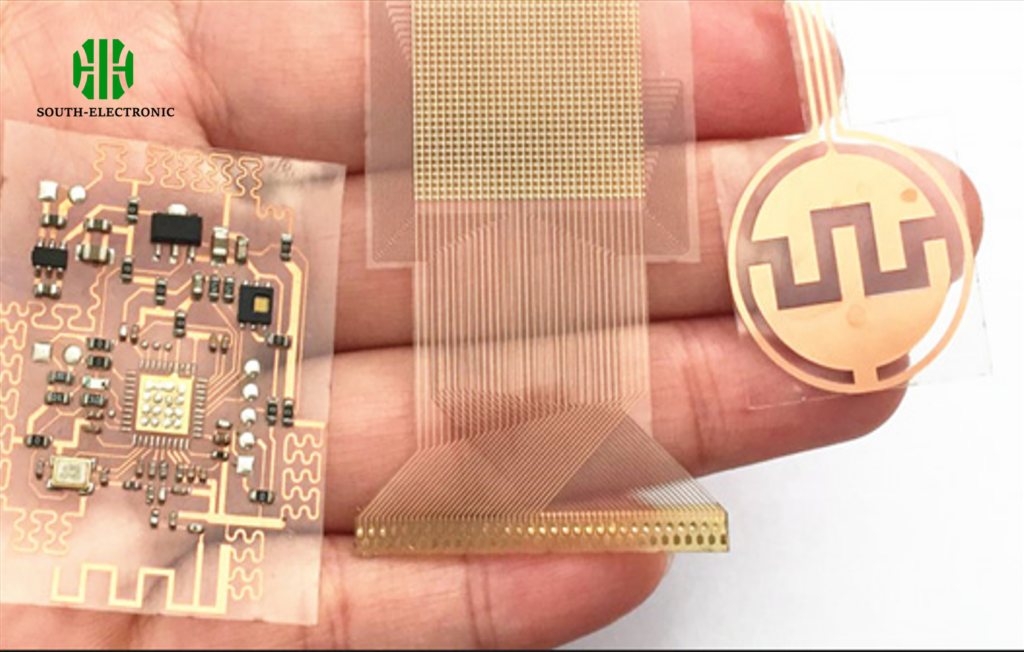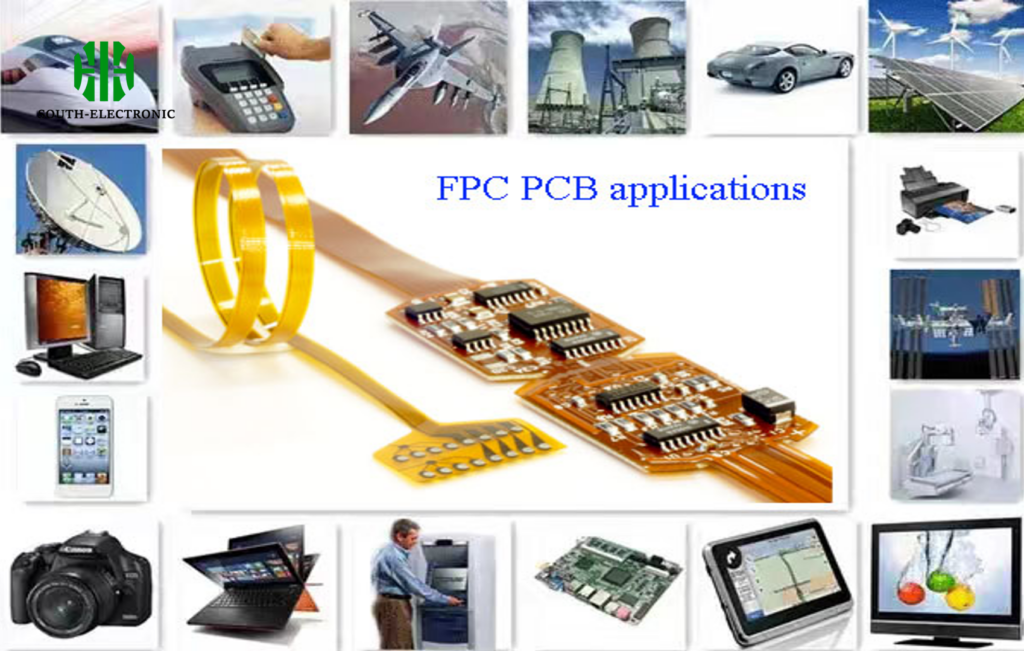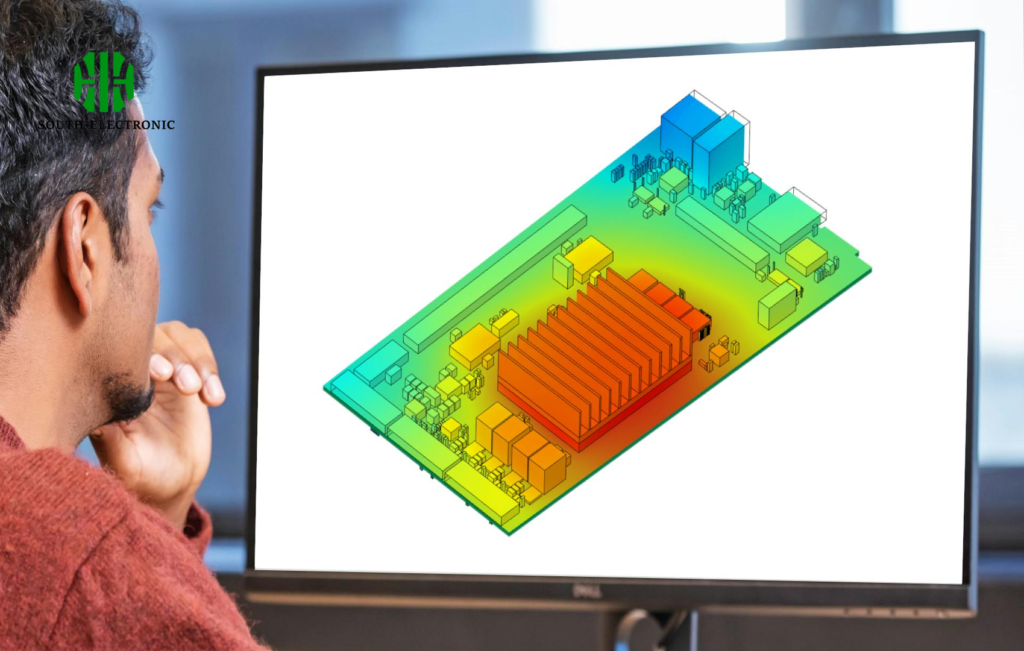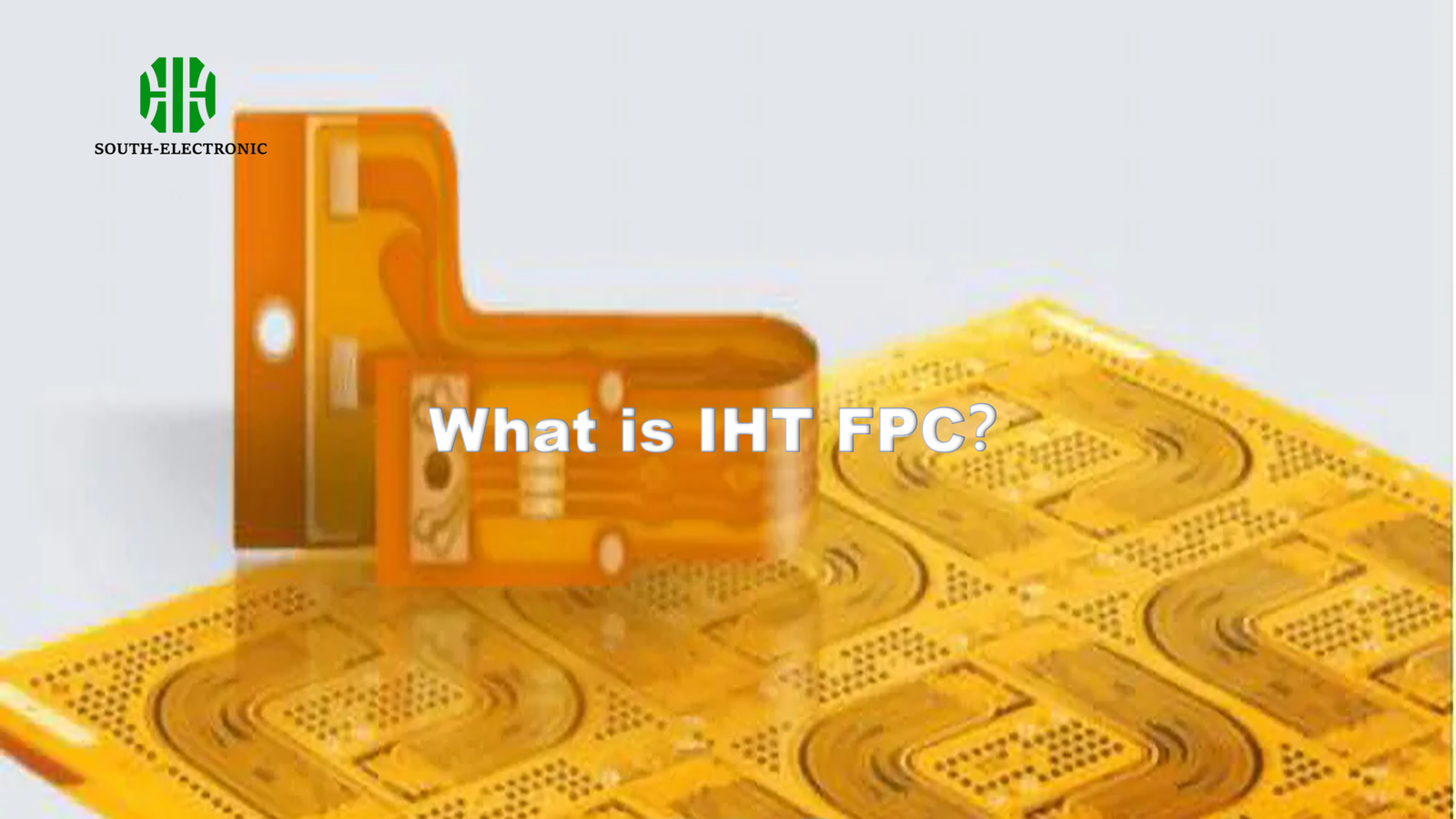Ever struggled with flexible circuits that crack or corrode? Imagine your smartwatch failing after a few bends. IHT FPC[^1] solves these frustrations by combining gold plating[^2] with flexible materials.
IHT FPC (Immersion Gold Technology Flexible Printed Circuit) uses gold-coated copper traces on bendable substrates. It enhances conductivity, resists environmental damage, and survives 10x more bend cycles than traditional FPCs, making it ideal for foldable tech and harsh environments.
Now that we understand IHT FPC's basics, let's explore its unique advantages over conventional flexible circuits[^3]. These benefits explain why major tech brands are switching to this solution.
What are the core advantages of using IHT technology to produce FPC?
Tired of FPCs that oxidize or break? IHT technology eliminates these pain points through strategic material enhancements.
Key advantages include superior signal integrity (0.1Ω contact resistance), 5000+ bend cycles tolerance, and 1000hr salt spray resistance. Gold plating prevents oxidation while maintaining flexibility through optimized 2-5μm thickness.

Three-Layer Advantage Structure
-
Electrical Performance Boost
Gold's 4.3x lower resistivity than nickel prevents signal loss in high-frequency applications (e.g., 5G antennas). -
Mechanical Resilience
IHT creates a 15% more durable interface vs HASL (Hot Air Solder Leveling), critical for foldable phone hinges.
| Property | IHT FPC | Standard FPC | Improvement |
|---|---|---|---|
| Bend Cycles | >5000 | 300-500 | 10x |
| Contact Resistance | 0.1Ω | 0.5Ω | 80% ↓ |
| Corrosion Test | 1000hr | 96hr | 10x |
- Thermal Management
Gold's 318 W/mK thermal conductivity helps dissipate heat in LED automotive lighting systems.
This triple-layer protection enables IHT FPCs to operate reliably in -40°C to 125°C ranges.
What are the typical application scenarios of IHT FPC? Which industries have the greatest demand?
From folding phones to car sensors, IHT FPC thrives where others fail.
Top applications include medical wearables[^4] (72% market share growth), foldable phone hinges (50% of premium models), and engine bay sensors. Automotive accounts for 38% of IHT FPC sales.

High-Growth Implementation Areas
1. Dynamic Consumer Tech
- Foldable phones: Survives 200k folds (Samsung/Z-flip specs)
- Rollable TVs: 10mm bend radius support
2. Harsh Environment Uses
| Industry | Use Case | Survival Rate |
|---|---|---|
| Automotive | ECU connectors | 98.7% |
| Aerospace | Wing sensors | 99.2% |
| Industrial | Robot arm joints | 97.5% |
3. Medical Breakthroughs
- Implantable devices: Biocompatible gold layer
- MRI-compatible wearables: No interference
Consumer electronics (58%), automotive[^5] (27%), and medical (12%) lead adoption, driven by miniaturization needs.
What key parameters should be paid attention to when designing IHT FPC?
FPC design failures cost up to $50k in respins. Master these four parameters for first-pass success.
Critical factors: bend radius (min. 2mm dynamic), gold thickness (0.05-0.2μm), impedance tolerance (±7%), and adhesive Tg (≥180°C). Material CTE mismatch must stay below 15ppm/°C.

Specification Optimization Framework
1. Dynamic vs Static Bending
- Dynamic (hinges): 10mm min radius
- Static (battery connectors): 3mm
| 2. Layer Stack Essentials | Layer | Thickness | Material |
|---|---|---|---|
| Coverlay | 12-25μm | PI film | |
| Conductor | 18-35μm | RA copper | |
| Plating | 0.05-0.2μm | Gold/Nickel |
3. Impedance Control
- 50Ω lines: 0.1mm width ±0.01mm
- Differential pairs: 100Ω ±5%
Match Dk (Dielectric Constant) of 3.4±0.1 across 1-10GHz. Use ½oz copper for RF sections.
How does the IHT process improve the durability and bending life of FPC?
Traditional FPCs crack after 500 bends. IHT pushes this to 5000+ cycles - here's how.
Ultra-thin gold (0.08μm) creates ductile interface layers. Combined with <5μm nickel barrier, it reduces stress by 40% during bending. Plating bath pH (4.5-5.0) ensures uniform deposition.

Durability Enhancement Mechanics[^6]
Three-Stage Improvement Process
- Surface Prep: Micro-etch creates 0.3-0.5μm anchor teeth
- Nickel Barrier: 3-5μm nickel prevents copper migration
- Gold Deposition:
| Parameter | Value | Effect |
|---|---|---|
| Bath Temperature | 85±2°C | Uniform deposition |
| pH Level | 4.8±0.2 | Prevent nodule growth |
| Deposition Rate | 0.03μm/min | Optimal grain size |
Stress Distribution Analysis[^7]
- 38% lower von Mises stress vs ENIG
- 15° bend angle optimization reduces crack initiation
This creates a 2-layer protective system: chemical resistance from gold, mechanical support from nickel.
Conclusion
IHT FPC revolutionizes flexible electronics through superior conductivity, unmatched bend endurance, and robust corrosion resistance. From foldable phones to engine sensors, its gold-nickel fusion enables next-gen compact, reliable devices across industries. Implement these insights to elevate your product designs.
[^1]: Explore this link to understand how IHT FPC technology can enhance the performance and durability of flexible circuits.
[^2]: Discover the advantages of gold plating in flexible circuits and how it prevents oxidation and enhances conductivity.
[^3]: Learn about the benefits of flexible circuits in modern technology and why they are essential for devices like smartwatches and foldable phones.
[^4]: Discover the latest trends and growth statistics in the medical wearables market, a key area for IHT FPC applications.
[^5]: Learn how IHT FPC technology is revolutionizing the automotive sector with innovative applications and solutions.
[^6]: Learn about the three-stage improvement process that enhances the durability of flexible electronics, ensuring longevity and reliability.
[^7]: Discover how stress distribution analysis can lead to better design choices in flexible electronics, reducing failure rates and improving performance.



